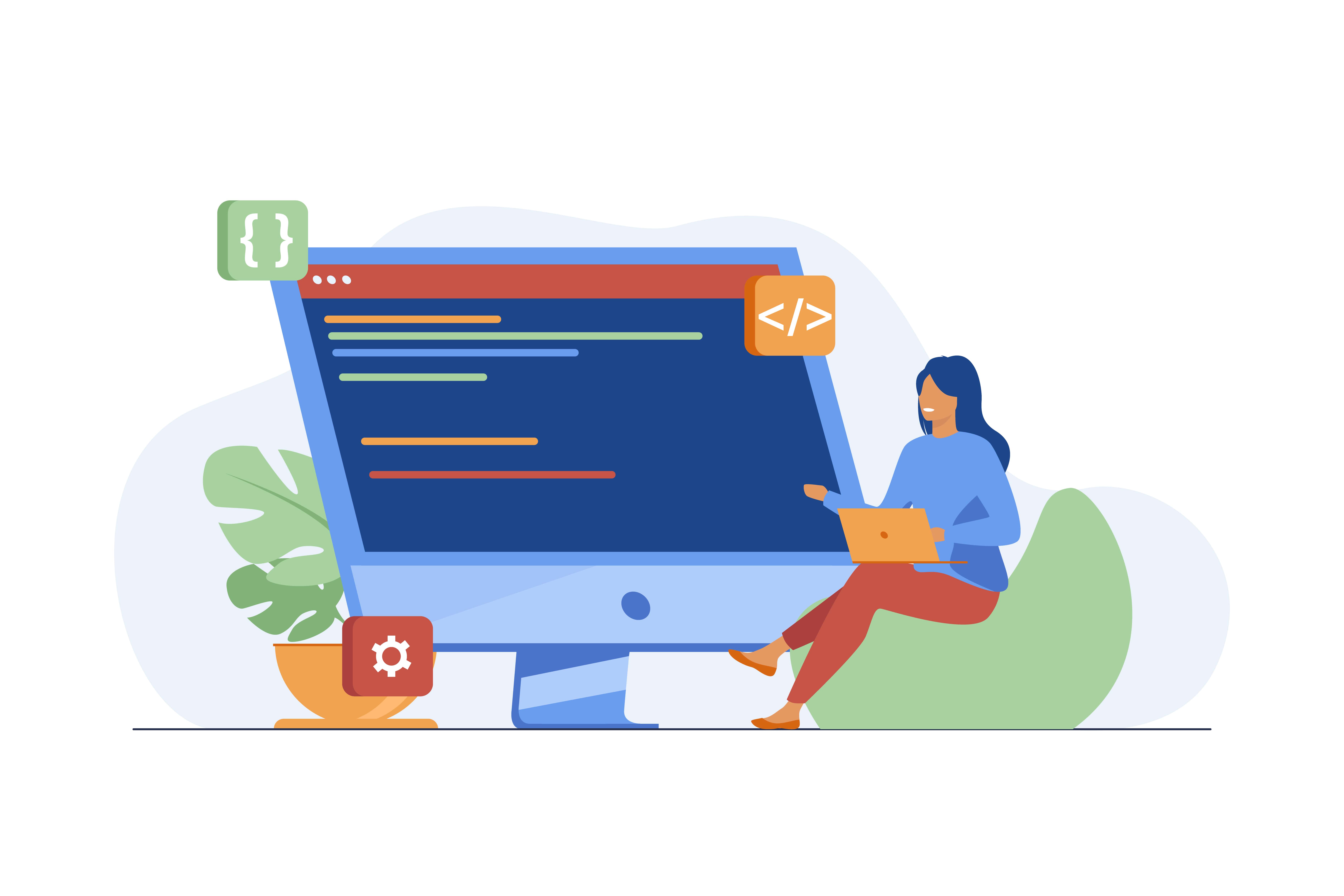
What is react JS used for?
Creating an interactive user interface is undoubtedly a difficult and complex task, regardless of the development platform. Developing all the elements of a website requires tireless efforts, total dedication, and proper focus. However, React JS is a JavaScript library that makes the user interface creation and developers' lives easier. React JS Online Training will help you in learning all the concepts
What is ReactJS?
ReactJS is an amazing JavaScript framework that has greatly simplified the development process. ReactJS also ensures the quality of applications by using a proper user interface. ReactJS represents a wide range of possibilities for developers to unleash their creativity to develop user-friendly and highly attractive websites and applications. It is considered very popular because of the possibilities it offers.
Advantages of ReactJS
ReactJS has a number of advantages, which we will discuss in more detail here.
Easy to learn and use
ReactJS is much easier to learn and use. The documentation, tutorials, and training resources are excellent: any developer with JavaScript knowledge can easily understand them and start building web applications with React in a few days. Controller), this is one of the most popular JavaScript frameworks. It is not fully functional but has the advantage of being able to use open-source JavaScript user interface libraries.
Speed
Essentially, React allows developers to run parts of their application on both the client and server-side, which speeds up the development process. In other words, different developers can write different parts of the application, and changes won't destroy the application's logic.
Simplify components
JSX is an optional extension to the JavaScript syntax that makes it easier to write your own components: it supports HTML text and makes it easier to display subcomponents. Basically, it's a short set of rules for writing React.createElement, which makes the source code much cleaner and simpler.
There's a lot of talk about JSX, but it can be useful for creating large applications and custom components, troubleshooting typos in large trees, and simplifying the conversion of ReactElement trees from HTML templates. It can also provide useful warnings and error messages for React developers to avoid code injection.
Reusable components
Components are great, and React is built on them. Start small, build something big, and build your application from there. Each component has its own logic, handles its own rendering, and can be reused if necessary. Code reuse makes applications easier to develop and maintain. It also gives a general look at the whole project. In short, using components can give you a significant development advantage.
Improved maintainability and performance
Applications have complex logic and changes to one component affect others, making upgrades and maintenance stressful in most cases. Resource reuse is one of the features that developers always appreciate when it comes to ReactJS. Reusing the same digital objects should not be a problem for developers. This has been made possible by the team of developers at Facebook.
You can start with a tricky component, such as a button or checkbox, and move on to more complex parts, or scroll through a component made up of several smaller elements and continue until you reach the main component. The individual components and their internal logic are what makes them easy to manipulate and define. These approaches facilitate consistent implementation and allow for expansion and maintenance.
Creating dynamic web applications
Creating a dynamic web application using HTML strings can be challenging because it requires complex coding, but React JS solves this problem and makes it easy. It requires less coding and offers more features. It uses JSX (an extension of JavaScript), a special syntax that allows you to represent certain child elements using HTML commands and HTML tag syntax. It also supports design specifications that can be loaded automatically.
Flexibility
Compared to other front-end frameworks, React's code is easier to maintain and more flexible due to its modular structure. This flexibility in turn saves companies a lot of time and cost.
Stable code
To ensure that even small changes in sub-structures do not affect the parent structure, ReactJS uses only one data stream. When modifying an object, the developer just changes its state, makes the change, and then updates only certain elements. This data linking structure ensures code stability and continuity of application performance.
Virtual DOM
The really interesting part of React is the virtual DOM. When developing an application with a lot of user interaction and data updates, it is often necessary to carefully consider how the structure of the application will affect performance. Even with a fast JavaScript kernel and client-side platform, a lot of DOM manipulation can slow down performance and even lead to an unpleasant user experience. Even worse, since the DOM has a tree structure, simple top-level changes can cause huge ripples in the user interface.
React solves this problem with a virtual DOM. As the name suggests, it is a virtual representation of the DOM. Any changes in the new view are first made in the virtual DOM, which is in memory, not on the screen. An efficient algorithm then determines the changes made in the virtual DOM to determine the changes made in the real DOM. It then determines the most efficient way to execute these changes and applies them only to the real DOM. This ensures minimal update time in the real DOM, resulting in higher performance and a cleaner user experience.




.jpg)












































